-
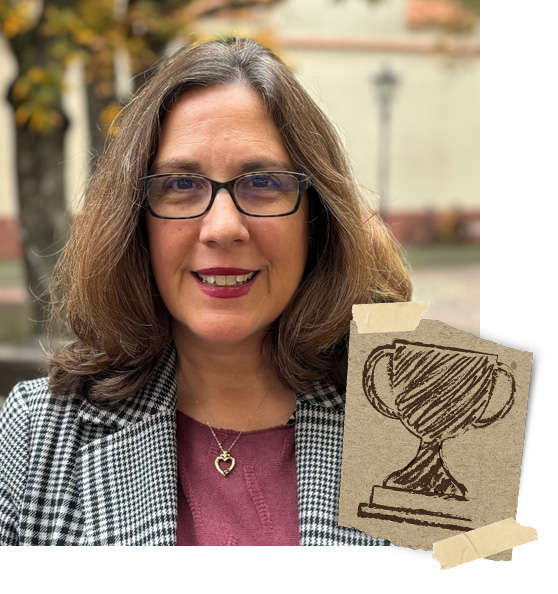
Access Champion: Dr. Mindy Morgan
Dr. Mindy Morgan, an Associate Professor of Anthropology and an affiliated faculty member of the American Indian and Indigenous Studies Program, is Michigan State University’s College of Social Science Access Champion honoree. During November, Native American Heritage month, the college celebrates the contributions, culture and history of Indigenous peoples in America. Morgan focuses her research on […]
-

Access Spotlight: Dr. Kehli Henry
Kehli Henry, Ph.D., is Michigan State University’s Access Spotlight honoree. During the month of November the college celebrates the diverse history, culture and accomplishments of our Native American and Indigenous community members. There are over 500 federally recognized tribes across the country including a dozen in the state of Michigan, each with its own unique […]
-

Associate Professor Dr. Joe Hefner receives $2 Million Dollar Grant from the Department of Justice
The Department of Anthropology is pleased to announce that Associate Professor Dr. Joe Hefner has been awarded $2,062,069 from the Department of Justice for a project entitled MOSAIC: Unifying Methods of Sex, Stature, Affinity, & Age for Identification through Computational Standardization. To aid in the identification of unknown human remains, forensic anthropologists are often called upon […]
-
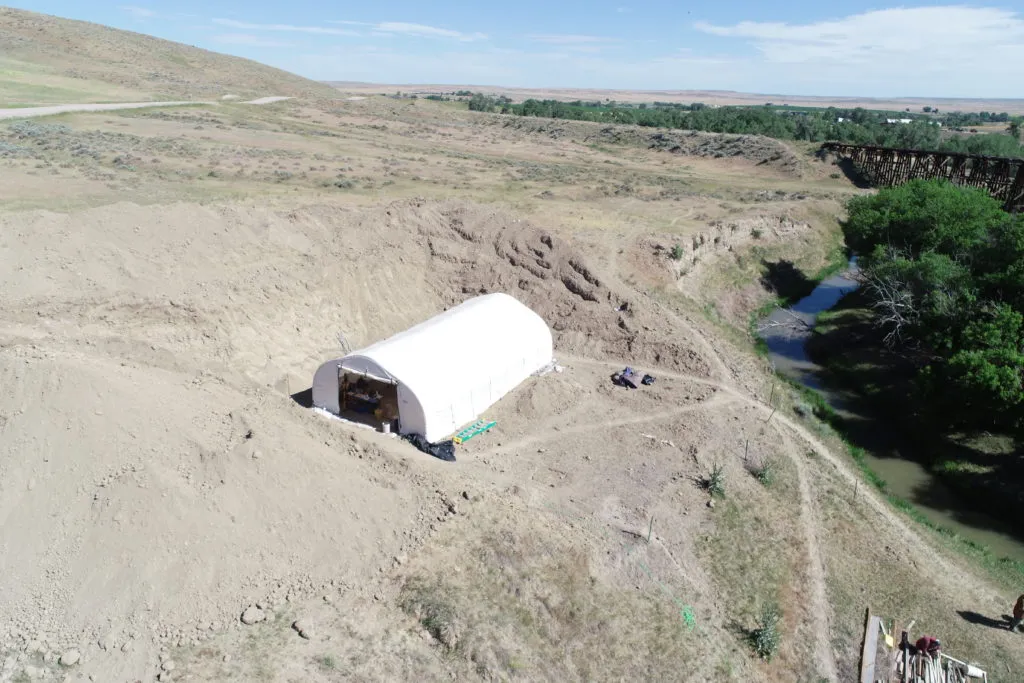
New faculty member Dr. Madeline Mackie’s work at the La Prele Mammoth site is featured in this quarter’s American Archaeology magazine
New faculty member Dr. Madeline Mackie’s work at the La Prele Mammoth site is featured in this quarter’s American Archaeology magazine. The approximately 12,900-year-old site contains the remains of a butchered Columbian mammoth and at least four camp areas thought to be associated with the animal’s butchery. The presence of an associated camp is particularly notable as […]
-
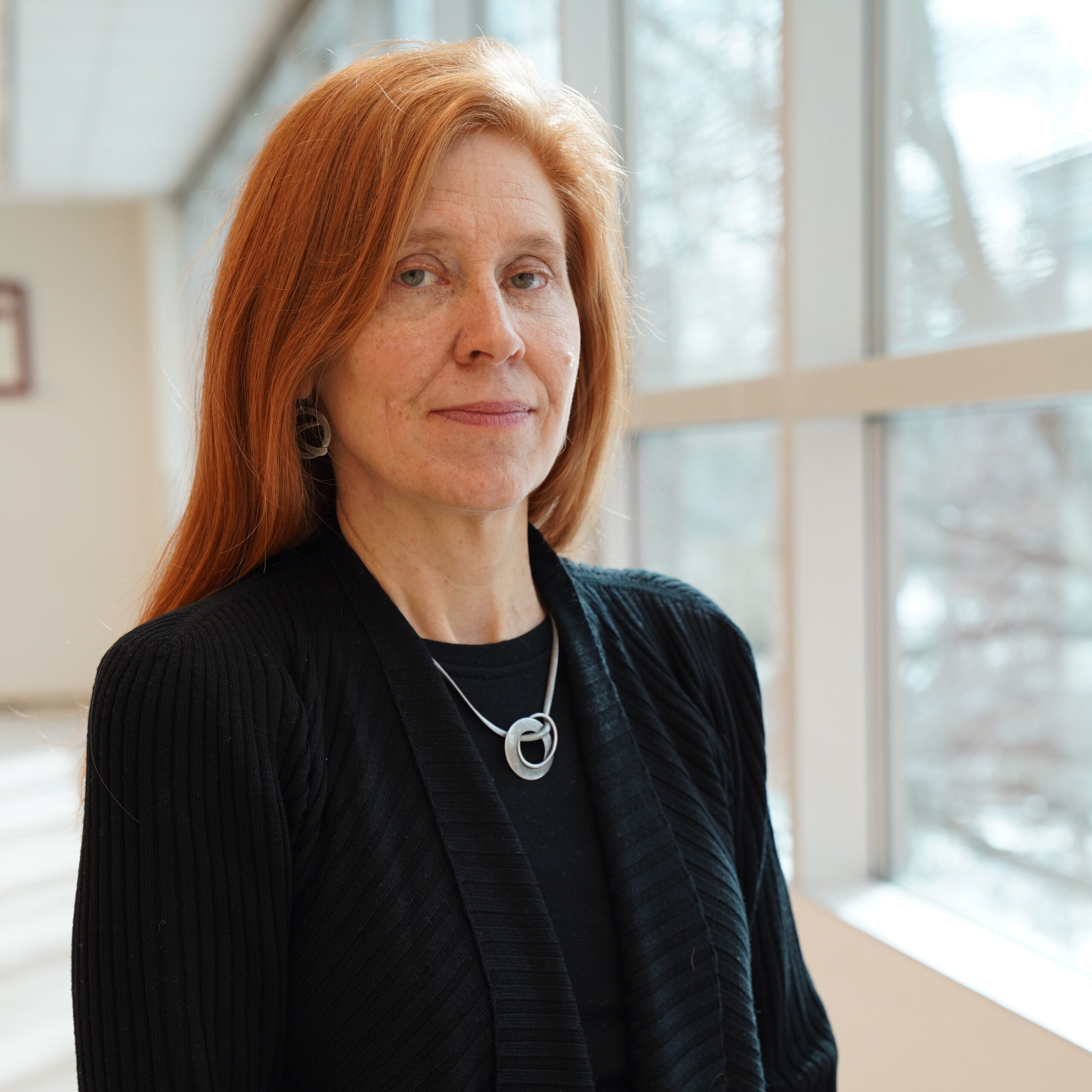
Associate Professor Dr. Elizabeth Drexler named Diversity Champion by the College of Social Science
The Department of Anthropology is pleased to announced that Associate Professor Dr. Elizabeth Drexler has been named Diversity Champion by the College of Social Science. Dr. Drexler has worked for decades as a researcher and an educator to understand cultural and historical issues linked to human rights and social justice. To learn more about the […]
-

Honoring Dr. Bernard Gallin (1929-2023)
The Michigan State University Department of Anthropology is sad to announce the passing of Professor Emeritus Dr. Bernard Gallin. Dr. Gallin passed away at the age of 94 on December 16th, 2023. Dr. Gallin taught, conducted research, with the Department of Anthropology from 1962 until his retirement as Professor Emeritus in 2002, and for 15 […]
-
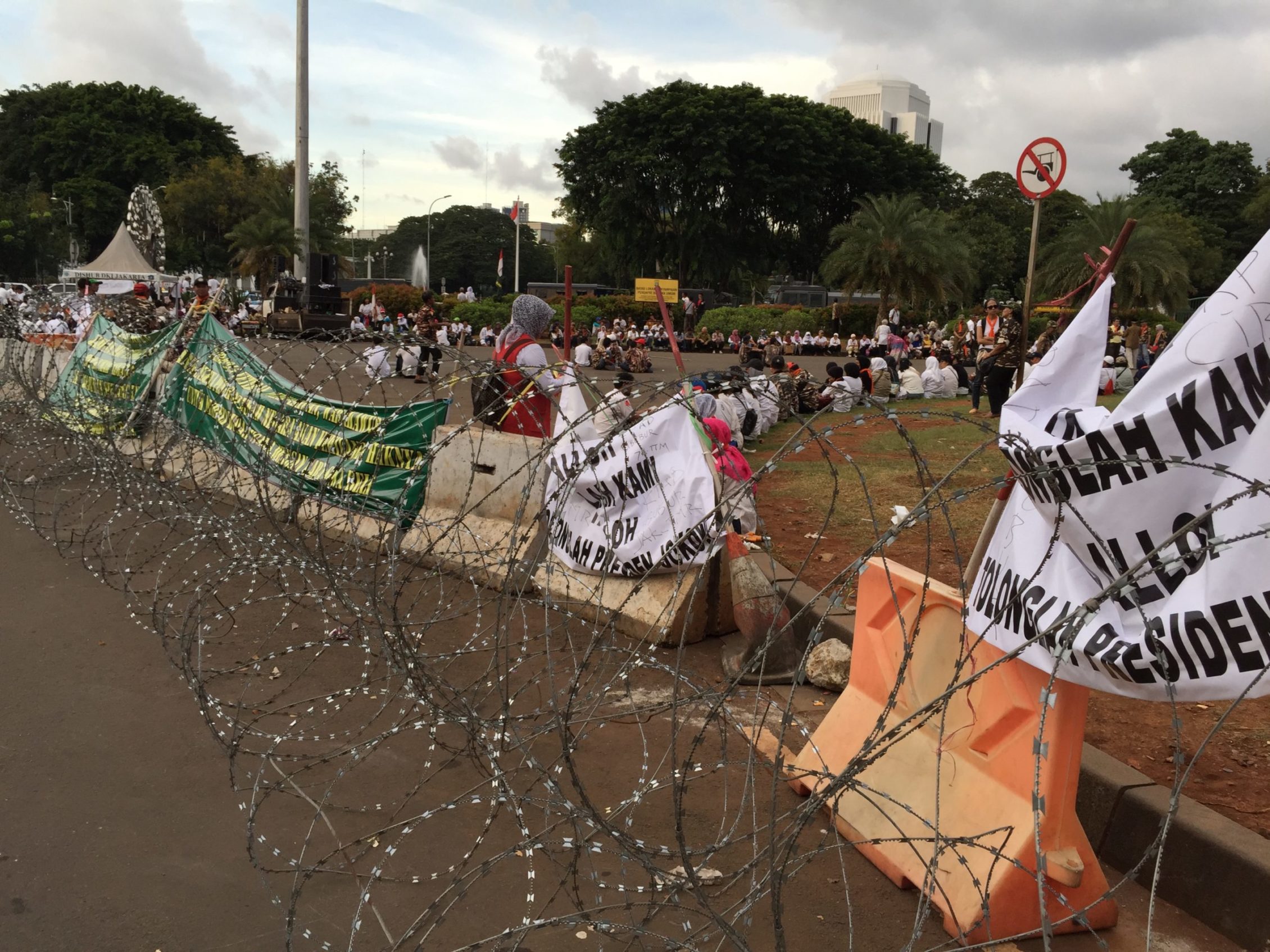
New Book by Associate Professor Dr. Elizabeth Drexler: Infrastructures of Impunity: New Order Violence in Indonesia
Department of Anthropology Associate Professor Dr. Elizabeth Drexler announces the publication of her new book, Infrastructures of Impunity: New Order Violence in Indonesia, available now from Cornell University Press. From the publisher’s website: In Infrastructures of Impunity Elizabeth F. Drexler argues that the creation and persistence of impunity for the perpetrators of the Cold War […]
-

Campus Archaeology Program Uncovers Foundations of MSU’s First Observatory
Discovery gives insight into campus history, provides educational opportunities In summer of 2023, workers from Michigan State University Infrastructure Planning and Facilities, or IPF, were installing hammock posts close to student residence halls near West Circle Drive when they encountered a hard, impenetrable surface under the ground. Believing it to be either a large rock […]
-
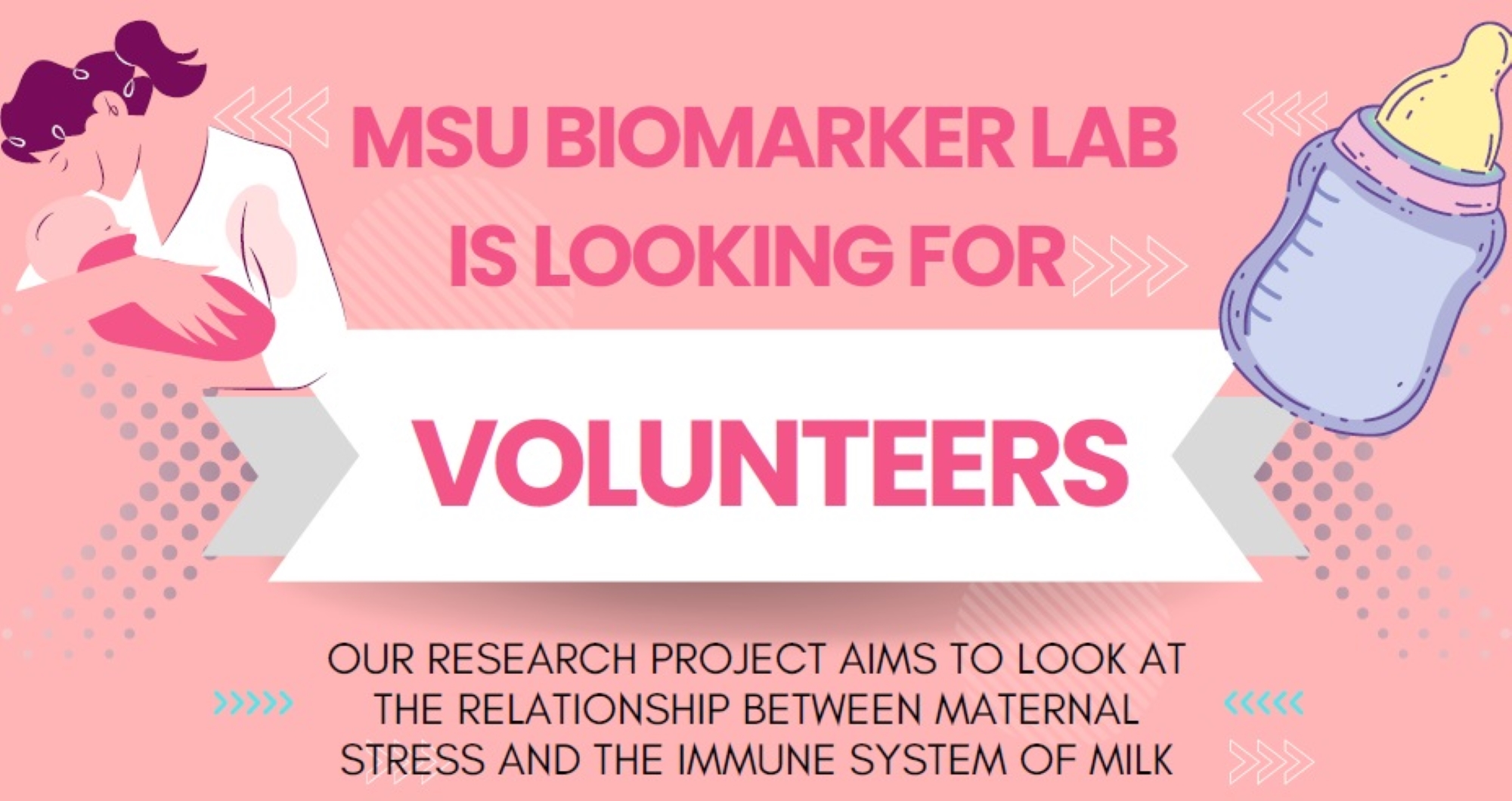
MSU Biomarker Laboratory for Anthropological Research is seeking mid-Michigan breastfeeding mothers for upcoming study
Department of Anthropology Associate Professor Masako Fujita, Director of the MSU Biomarker Laboratory for Anthropological Research, is looking for mid-Michigan breastfeeding mothers to volunteer for an upcoming study, “Exploring Human Milk Immune Specificity.” Qualifying volunteers will be asked to:
-
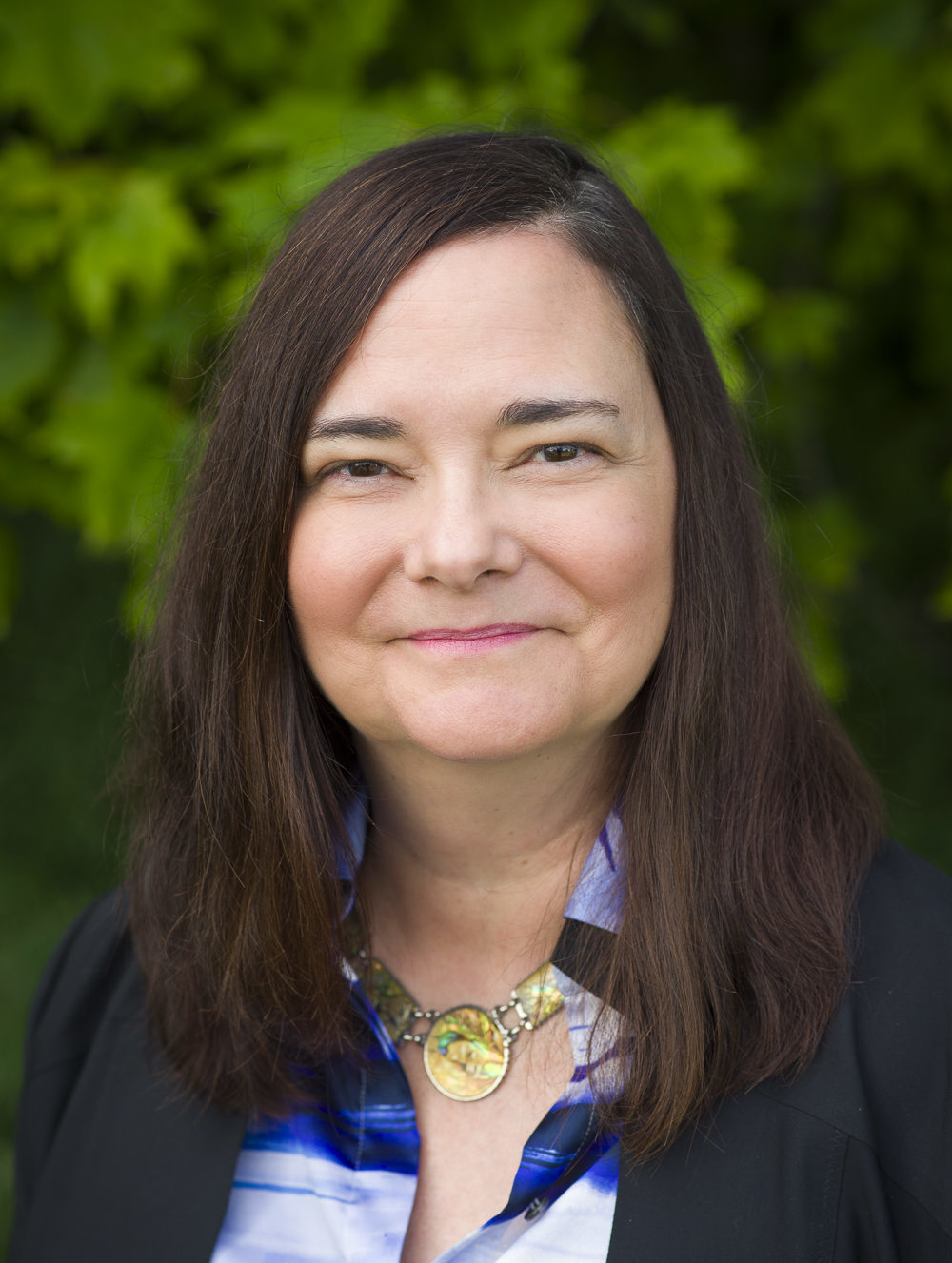
Associate Professor Heather Howard named the recipient of the 2023 College of Social Science Diversity, Equity and Inclusion Excellence Award
Associate Professor of Anthropology Dr. Heather Howard has been named the College of Social Science’s recipient of the Diversity, Equity, and Inclusion (DEI) Award. This award recognizes a faculty member who plays a leadership role in advancing diversity, equity, and inclusion by demonstrating activities which may include serving underrepresented populations, developing or implementing innovative programs […]